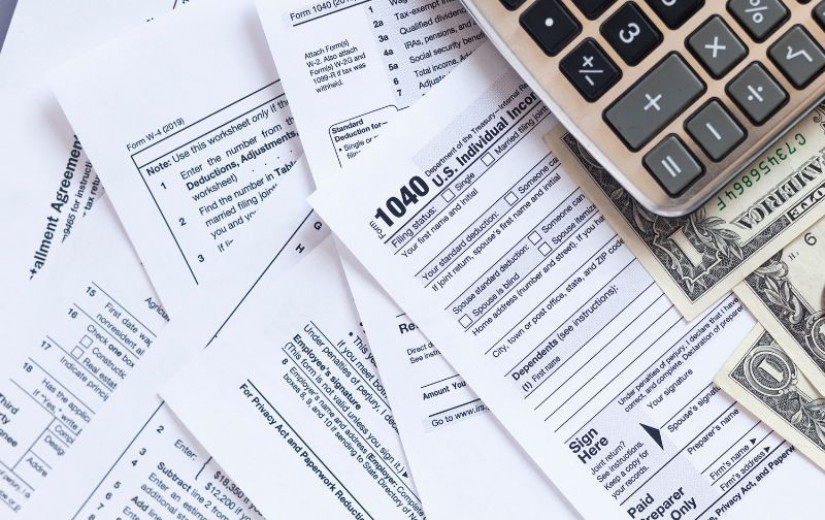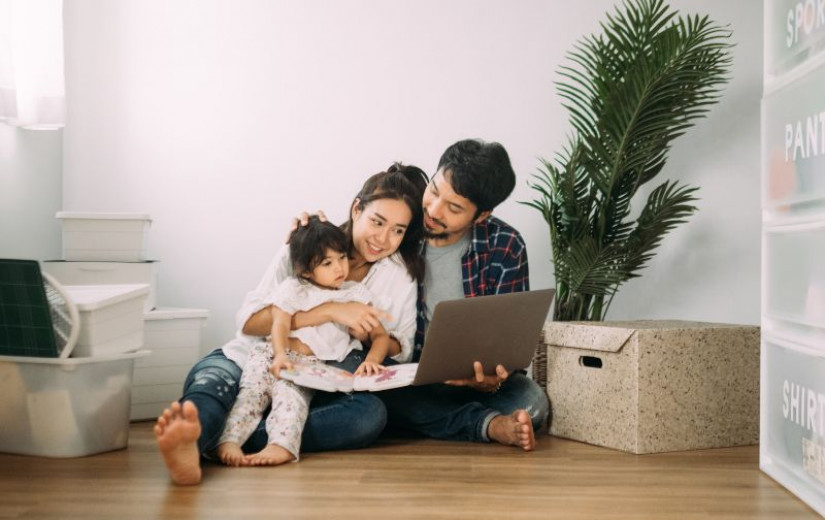
IN THIS STORY
- Travelers are prioritizing neighborhood safety more than ever when booking vacation rentals.
- There are AI-powered tools and public databases that offer insights, but their accuracy can vary.
- Experts recommend interpreting crime stats carefully — not all incidents reflect visitor risk.
When Ashley Hampton traveled to New Orleans recently, she worried about security.
“I wanted to make sure I stayed in a safe part of town,” she says.
She’s not alone. A recent survey by Global Rescue revealed that petty crime and personal safety threats ranked number two on the list of traveler concerns for 2025, eclipsed only by geopolitical instability. (In third place were economic instability or rising travel costs.)
But for travelers like Hampton, there’s another issue, and it’s front and center this summer: How do I know if my next vacation rental is in a safe neighborhood?
“Safety is the top concern of travelers as we head into the summer travel season,” says Michael Trampas, the executive vice president of business development and marketing at Rentyl Resorts.
He says numerous surveys show guests are worried that they might find themselves in a rental in the wrong neighborhood, and they want to avoid that. There are tried-and-true strategies, a few resources unknown to most travelers, and a checklist of things you’ll always want to do before renting a home.
Actually, crime in vacation rentals is a complicated topic. It turns out that vacation rental guests aren’t the only ones who should be concerned with this problem. Owners should, too. Some guests also use their rentals to commit crimes, including stealing from their hosts, also known as burglary tourism. So before we get into it, a quick acknowledgment that some rental guests are far from perfect.
So how to stay safe?
How one traveler did find safe accommodations
Hampton, a psychologist from Birmingham, Ala., planned a short visit to New Orleans.
“I knew I was relying on public transportation, walking, or an Uber,” she says.
She used one of the most reliable methods in the book: a careful internet search.
“I searched for the local police station and then googled the name of that station with the search term ‘crime statistics,’ looking for specific overlap with the street names near where I was staying,” she recalls. “The information I found was related to petty theft, like pickpocketing and breaking into cars, so I felt reasonably safe an Uber ride door to door would be OK.”
That’s the right call, says Christopher Falvey, co-founder of Unique NOLA Tours, a New Orleans tour operator.
“If you’re going to research crime statistics, always ask yourself: Are these crimes against visitors and regular people — or crimes between people who know each other,” he says. “This is not something you’ll ever see listed, but it can be inferred.
He says there are neighborhoods in New Orleans that some consider “unsafe” based on statistics, “but I can tell you for sure that a random person with no link to the neighborhood will not be bothered at all,” he adds.
And Hampton was right. Her trip went off without a hitch.
? Your top comment
Looking at crime stats can help–but unfortunately, some areas have stopped reporting crime stats or do not punish the crime that would make up the stats. This means that just looking at the crime stats may mislead you into believing that area is safe. Including reading the comments and using Google’s street view and satellite views will really help.
— Tim
Read more insightful reader feedback. See all comments.
Check the vacation rental’s rating
Actually, you can learn a lot about your rental by reading the listing.
“Checking the rating of an accommodation in advance is a good practice,” says Frank Harrison, regional security director for the Americas at World Travel Protection.
He’s right. I practically live in vacation rentals, so I have a lot of practice with reading between the lines on user reviews.
For example, I rented an apartment in Athens from Vrbo a few years ago. The user reviews described it as being in an “eclectic” neighborhood. That should have been a red flag. It turns out the vacation rental was in a run-down and dangerous part of town. Fortunately, the owner offered a full refund after I refused to stay in the place.
Other warning words include “vibrant,” especially if it’s a reference to nightlife. That can sometimes mean trouble. And finally, when guests admiringly describe the home’s security features, like upgraded locks, security cameras, and private security, you have to ask yourself, “Why is that even necessary?”
Point is, you can sometimes figure out if a vacation rental is dangerous by carefully reading the reviews.
Your Voice Matters
Do you consider neighborhood safety before booking a vacation rental? What tools or tactics do you rely on?
Tell us your approach in the comments below. Do you think platforms are doing enough to flag high-risk areas to guests?
We’re listening — and your tips can help fellow travelers make safer choices. (And don’t forget to vote in the poll!)
How do you get information about crime?
But there are other resources. Here are a few sites for finding safety information about your neighborhood.
AreaVibes, a real estate site, has some crime data that will answer big questions, like, “Is this area safe?” But it lacks the street-level detail some travelers might want when looking at a vacation rental. You can also find general crime statistics on other real estate sites like Zillow or Redfin.
Niche, an education site, also offers crime data. The statistics are easy to find and can provide a broad overview of a city’s crime statistics.
Numbeo is a platform that lets you compare information about crime levels worldwide. It also surveys users on their sentiments about crime, which can offer some guidance if you’re concerned about safety.
The Trace, a journalism site about gun violence, publishes an atlas of gun violence that allows you to drill down to an address level to find out if there’s been a shooting at your rental address.
World Travel Index, is a travel-planning tool, but has rich data on crime and answers simple questions like, “Are scams a problem in New York.” You can check specific neighborhoods and addresses for crime, including vacation rentals. It also identifies the safest neighborhoods with the help of an AI tool.
Tom Abraham, founder of World Travel Index, told me the problem is that there just aren’t any reliable resources on crime at a local level — at least the kind that would be useful to a traveler. That’s where AI can be a useful tool, culling other resources such as forums and social media to find useful information.
In fact, AI may be able to answer any questions you have about crime in your vacation rental’s neighborhood far more eloquently than a database you could find online.
There are other resources, but they require a subscription. John Rose, the chief risk officer at Altour, a global corporate travel management company, recommends Crisis 24, Exlog Global and International SOS.
“They offer current, fact-based intelligence on local crime trends, health advisories, and other security concerns so you can make informed decisions about where to stay,” he says.
You can check your vacation rental’s ratings and study the neighborhood’s crime statistics, but in the end, safety isn’t about eliminating all risk. It’s about being smart.
That means checking to ensure your rental has basic security features, like lockable doors and windows, says Alex Foti, president of Bretton Woods Vacations, a management company with more than 130 properties in New Hampshire. (His rentals have them, of course.)
“We haven’t had a single crime-related issue while we host over 20,000 guests per year,” he says.
Technology is changing how vacation rental guests approach travel safety. AI, local crime databases, and user-generated content are giving travelers unprecedented insights into potential risks. But ultimately, you are responsible for your own safety. And the way to do that is to stay informed, trust your instincts, and do your homework before booking your next rental.
?Pro Tip
Look beyond the star rating. Scan recent reviews for safety-related comments — especially mentions of locks, lighting, or noisy neighbors. If guests highlight security features, it might be a red flag in disguise.
6 smart steps to check before booking your vacation rental
? Estimated time to implement: 15 to 20 minutes
- Search crime statistics for the rental address: Use tools like AreaVibes, Numbeo, or World Travel Index to look up safety scores and reports for the area.
- Use Google Maps smartly: Look at Street View around the rental and check for signs of neglect, graffiti, or boarded windows — red flags for unsafe areas.
- Read between the lines in reviews: Phrases like “vibrant nightlife” or “eclectic neighborhood” can sometimes signal high-crime or noisy locations.
- Contact local police precincts: Look up the nearest station and search their name + “crime reports” for raw data and local alerts.
- Use AI travel tools with safety data: Platforms like World Travel Index analyze forums and social media posts to flag safety risks around specific streets.
- Ask your host directly: If still unsure, message the host and ask about the neighborhood’s safety, proximity to transit, and local security measures.
FAQs
How can I find out if my vacation rental is in a safe neighborhood?
Use tools like AreaVibes, World Travel Index, and Google Maps Street View to examine crime stats and visual cues.
Are rental reviews a reliable indicator of neighborhood safety?
They can be — but read between the lines. Look for coded language like “vibrant” or “up-and-coming” that may suggest risks.
What’s the best way to verify crime data near a rental?
Check local police station reports or crime maps. Combine that with AI-driven travel tools for broader context and real-time insights.
Can I ask the host about neighborhood safety?
Absolutely. A reputable host should be transparent. Ask about lighting, door locks, nearby transit, and recent incidents.
What role does AI play in vetting travel safety?
AI platforms scan social media, crime databases, and reviews to spot trends and highlight safety red flags often missed by travelers.









